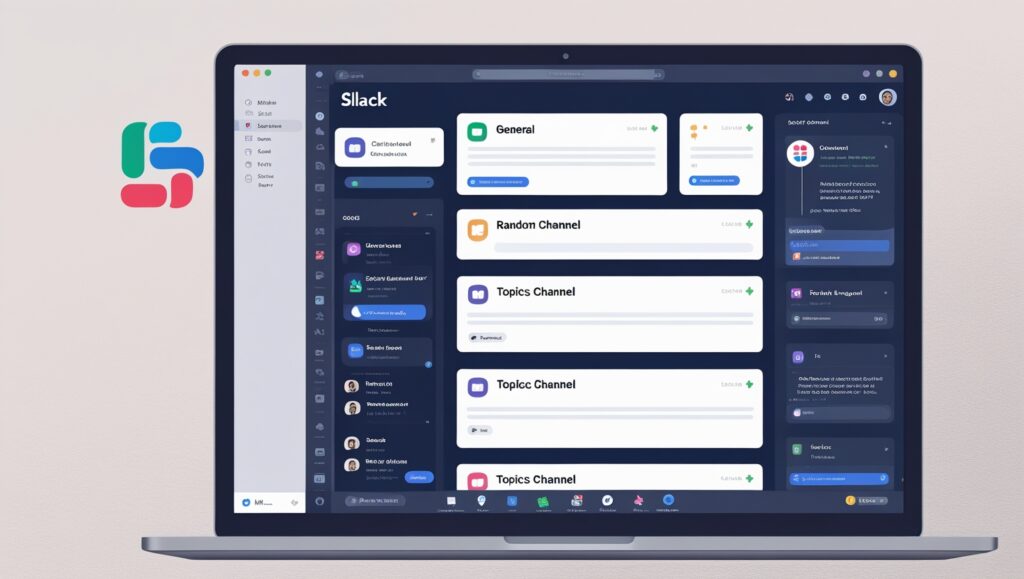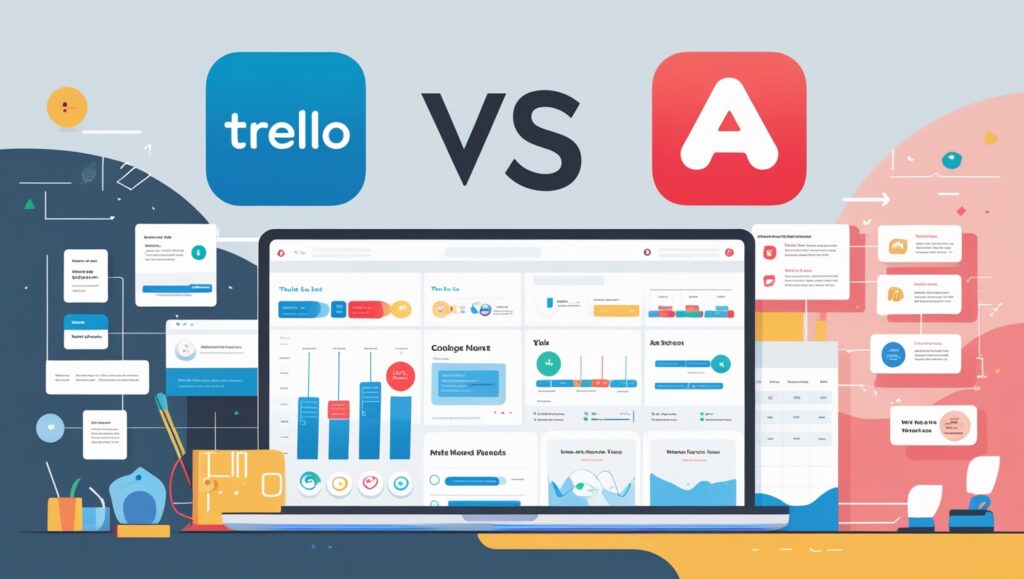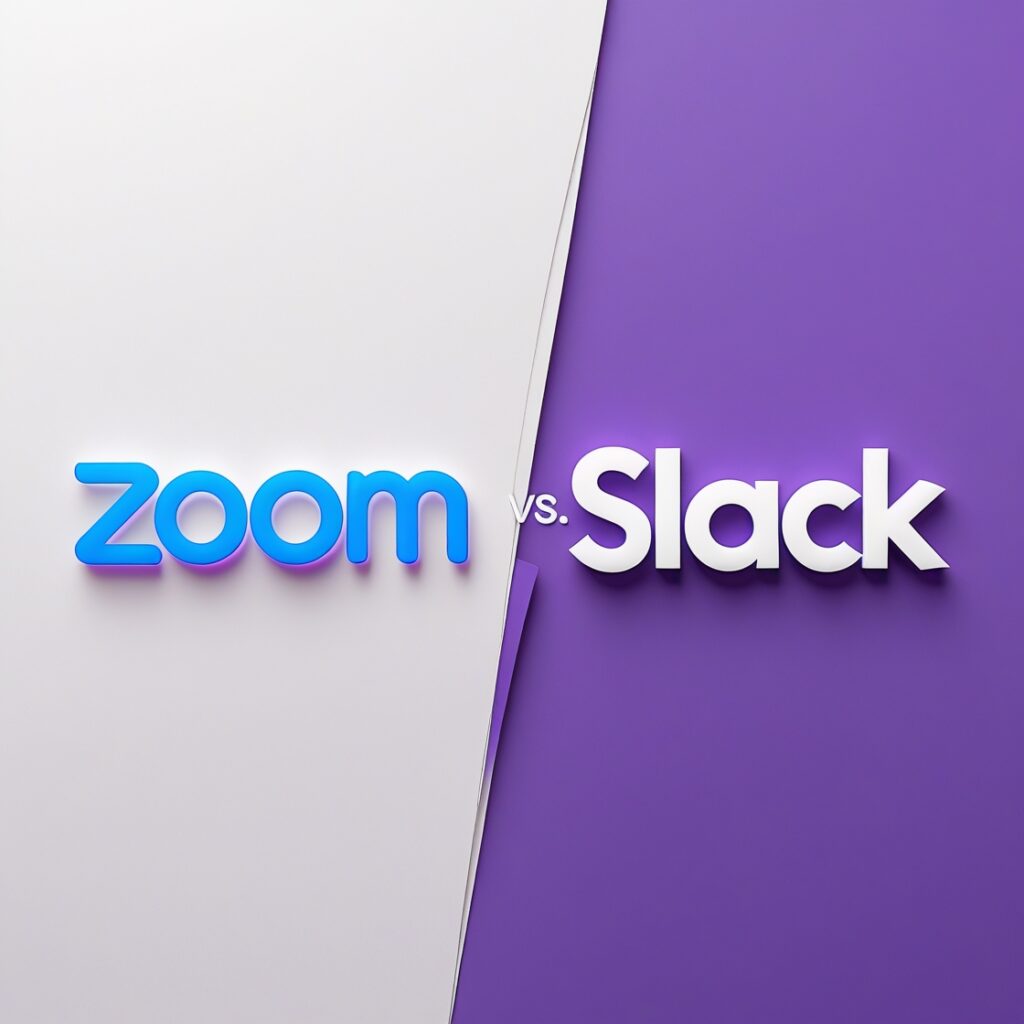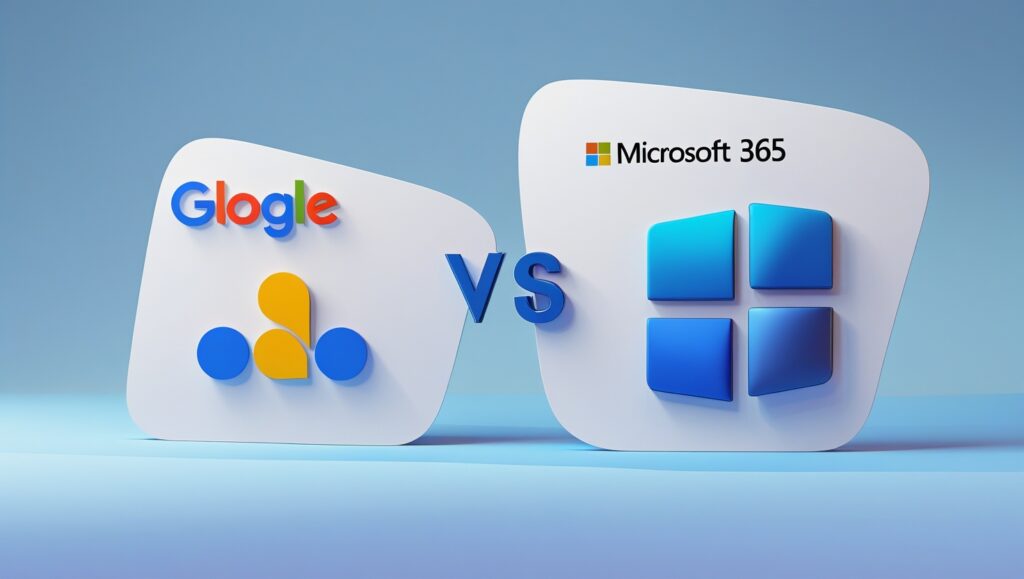Slack Channel Structures

In Slack, create three layers that reflect the actual flow of work. Start with function channels for ongoing domains, add project channels for work with a defined end, and include cross-functional spaces for teamwork that touches multiple teams. Function channels like f-eng, f-sales, or f-hr stay open and welcoming. Project channels use a prefix like […]
Trello vs Asana – Integrating Your Project Management Tool with Slack

Trello Slack integration basics With the Trello connector, boards map to Slack channels. This means the moment someone moves a card, adds a comment, or changes a due date, a message shows up in the chosen channel. This setup is helpful for teams using a Kanban approach because it keeps the board’s flow visible to […]
Make Team Engagement More Fun with Gamification

Gamification, the adoption of game design principles outside games, is bringing competition into daily work or awarding points for finishing a task before schedule. The harnessing of such mechanisms—achieving goals, being recognized, and making progress—is quite hard. Games have clear objectives, immediate feedback, and unlimited opportunities for mastery. People focus more when there is a […]
Zoom vs Slack – Choosing the Best Tool for Quick Meetings

Speed, ease of use, and seamless integration with your existing workflow are the primary goals. Quick meetings would not have any lengthy presentations or extensive file-sharing. It would be real-time communication that very fast aligns the team. No multiple clicks, no complicated setup, joining the call saves valuable time. Cross-device compatibility is crucial because teams […]
Google Workspace vs Microsoft 365 – Which Suits Your Slack Environment Better?

Both Google Workspace and Microsoft 365 seek to enhance productivity by bringing together essential work tools, such as email, document editing, and calendars. Renamed from G Suite, Google Workspace is primarily a cloud-based solution. It provides Gmail, Google Docs, Sheets, Slides, Drive, Meet, and other services. All contents are stored online, which facilitates real-time collaboration […]
Calendly vs Doodle – Best Scheduling Tools to Use with Slack

Between managing emails and coordinating times with participants, scheduling a meeting might take longer than the meeting itself. Tools like Calendly and Doodle have stepped in to simplify this process. They streamline scheduling and save everyone involved a ton of time, leaving room for productivity. These tools offer different features and connect directly with Slack, […]
Best Note-Taking Apps that Integrate with Slack

Evernote Evernote has been around for quite a while and has never lost the favor of digital note-takers. It’s flexible and powerful enough to serve both casual users and professionals, which is why it’s been so widely accepted for this long. But when Evernote joins forces with Slack, you can change the entire dimension of […]
Using Slack with Time Tracking Tools – Toggl vs Harvest

You can significantly improve efficiency at work by understanding how time is spent. Effective time logging enables teams to see where they’re thriving and to identify possible improvement areas. This means not only better productivity for individuals but also better decisions in project management. Time-tracking tools provide a view of the day-to-day activities of a […]
Enhancing Slack with Advanced Task Management Tools – ClickUp vs Monday.com

Project management tools help keep everything in order and make the assignment and completion of tasks easy. Instead of wondering who is doing what or what needs attention, teams have a clear view of progress. Project management platforms do more than the basics by providing insight and analytics that support decision-making and enhance efficiency. New […]
Slack for Nonprofits

Slack merges messaging, file sharing, and collaborative team management into one seamless platform. Because of this mix, it’s perfect for non-profits wanting to improve communication without spending a lot of money. One of its killer features is the ability to create channels focused on specific topics. This clear segregation of information allows teams to divide […]
